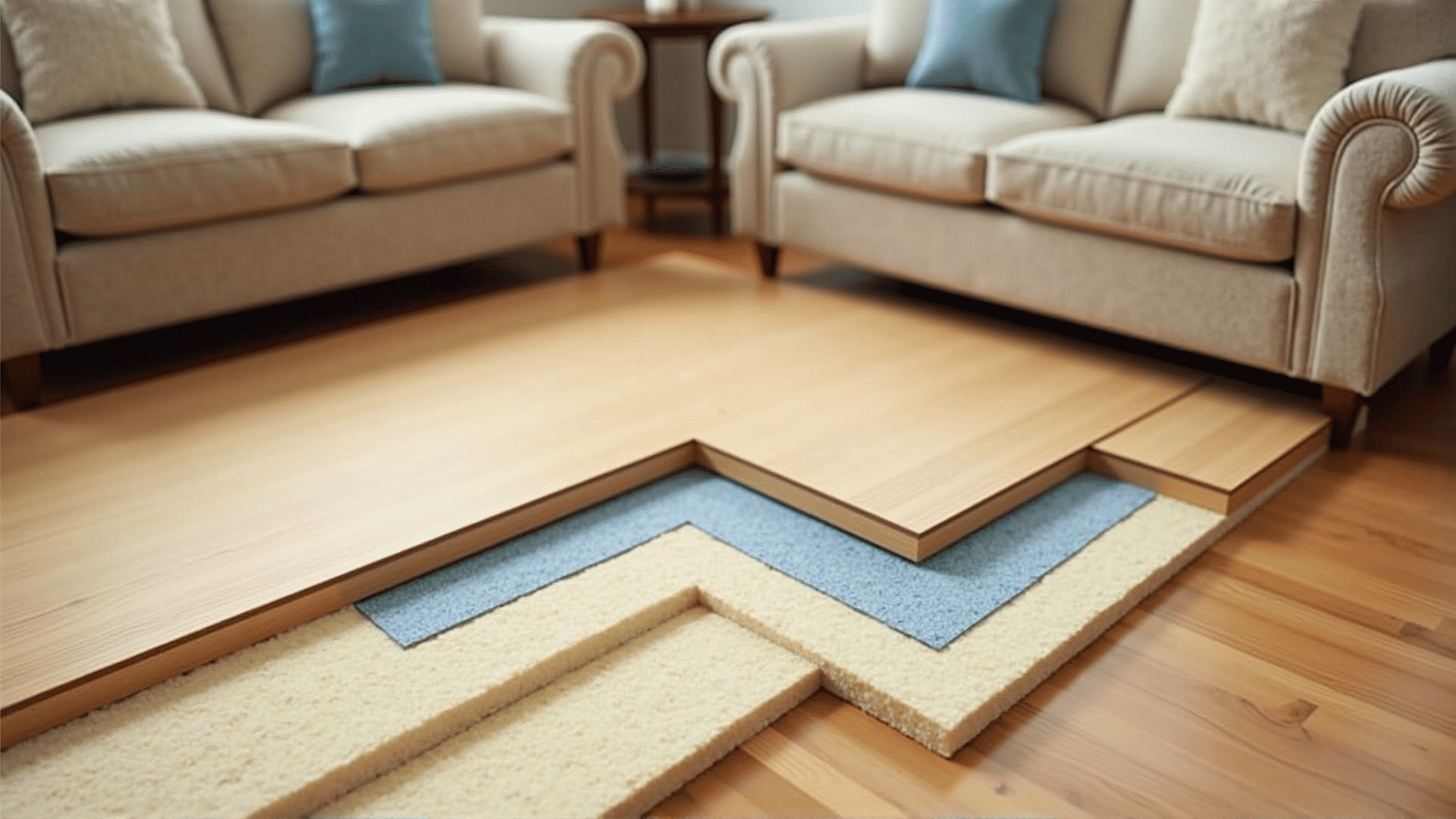Acoustic insulation in homes is increasingly becoming a critical factor for homeowners and designers alike, especially as urban areas become denser and the pursuit of serenity within residential spaces grows. A key component in the quest for tranquility is the implementation of effective acoustic insulation within the flooring, which can significantly reduce noise pollution and create a more peaceful living environment.
Noise pollution, particularly in urban settings, can have a significant impact on mental health and wellbeing. Sources of everyday noise, such as traffic, neighbors, and household appliances, can lead to stress and sleep disturbances. Acoustic insulation in flooring is a powerful tool in minimizing these unwelcome sounds, enhancing the overall quality of life within a home.
Effective acoustic insulation in flooring primarily serves to dampen impact sounds—those created by footsteps, moving furniture, or dropping objects—and airborne sounds, such as voices or music. The choice of materials and installation techniques plays a pivotal role in achieving optimal noise reduction. Materials like cork, rubber, and dense foam are popular choices because of their sound-absorbing properties. These materials can be integrated into floors through underlayment or as part of the construction of the ceiling below.
An often-underestimated benefit of acoustic insulation in flooring is its contribution to energy efficiency. Quality insulation not only hinders sound transmission but also aids in maintaining consistent indoor temperatures by preventing heat loss through floors. This dual function can lead to reduced energy bills and a smaller carbon footprint, aligning with the growing trend toward sustainable living.
For those looking to retrofit their homes with acoustic flooring solutions, several considerations need to be taken into account. The existing structure of the home, the type of noises typically experienced, and the specific zones requiring insulation (such as bedrooms, home offices, and living areas) should all influence the choice of materials and methods used. Additionally, consulting with acoustic professionals can provide tailored strategies that efficiently address noise issues without compromising on design aesthetics.
Investing in high-quality acoustic flooring not only offers immediate benefits in noise reduction but can also enhance property value. In modern real estate, where tranquility and comfort are highly sought after, homes equipped with superior acoustic solutions are likely to attract more interest and command higher prices.
In conclusion, maximizing acoustic insulation in flooring is not just about reducing noise—it's about fostering a tranquil atmosphere that supports mental well-being, improves energy efficiency, and enhances the overall quality of life. As the hustle and bustle of daily life continue to intensify, creating a peaceful home sanctuary through strategic acoustic insulation is a pursuit worth considering for every homeowner.
